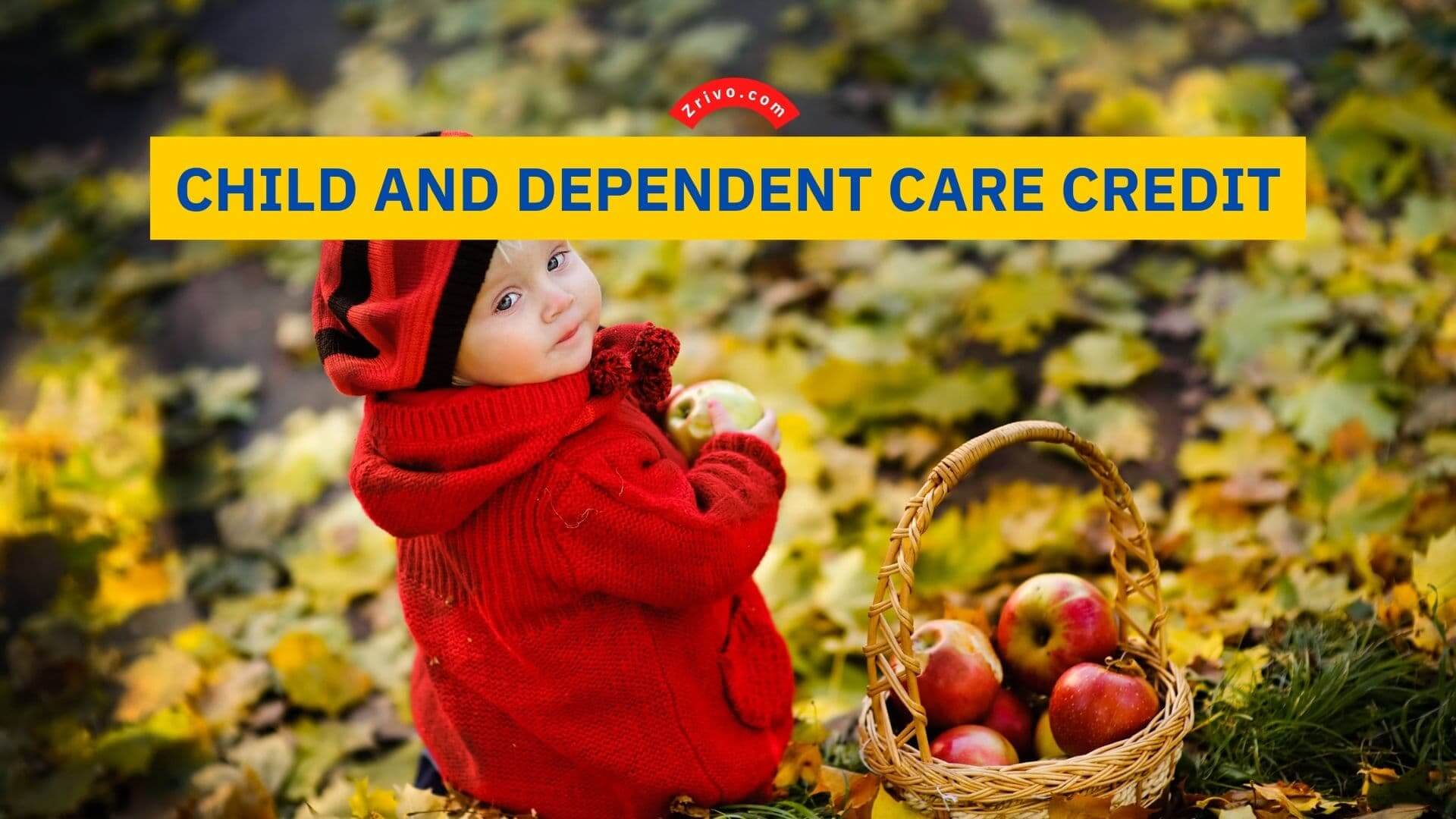Child and Dependent Care Credit
The Child and Dependent Care Credit (CDCTC) is a valuable tax break that can help families offset the costs of care. This article covers an overview of The Child and Dependent Care Credit.

One of the largest monthly expenses for working families is child care. Whether you send your kids to daycare or hire an in-home nanny, the cost can burden a tight budget. The good news is that the IRS offers credit to help you pay these costs. The credit is called the Child and Dependent Care Credit, or CDCTC for short. It helps parents with low incomes offset some of the costs associated with childcare.
The Child and Dependent Care Credit (CDCTC) is a tax benefit that helps working families pay for child and dependent care costs. It allows families to claim a percentage of eligible dependent care expenses depending on their adjusted gross income. The credit can be as high as 35% of work-related child and dependent care expenses or up to $6,000 for two or more qualifying individuals. It’s a nonrefundable credit.

How to Qualify For The Child and Dependent Care Credit?
You must claim this credit if you need to pay someone to take care of a qualifying person (such as your children or a spouse), either for your own benefit or so that you can work. The child or dependent must be under age 13 when the care is provided, and they must be physically or mentally incapable of self-care. They must also pay more than half of the costs of maintaining your home.
Expenses that qualify for this credit include childcare, in-home daycare, and adult daycare services. However, the IRS is very particular about who counts as a qualified care provider. To plead this credit, you must file a tax return with Form 2441. Parents who hire nannies or housekeepers to watch their kids can claim the child and dependent care credit for the amount of care they pay them. However, depending on the income level, the credit is worth 20% to 35% of the amount paid to the nanny or other provider.
This tax break can be particularly helpful for working parents with kids in school or who need to work while they look for employment. But it can also be a challenge to determine if your dependent care costs qualify for the credit. Some workplaces allow employees to set up a flexible spending account (FSA) to contribute tax-free funds for child care. However, use FSA funds for work-related childcare expenses. Those cannot count toward your total dollar limit on your credit.
Another way to claim a tax credit is through advance payments made directly to your childcare provider under a qualified dependent care benefit plan. These advance child care credit payments are disbursed on a monthly basis and aren’t included in your gross income when you file your taxes.





